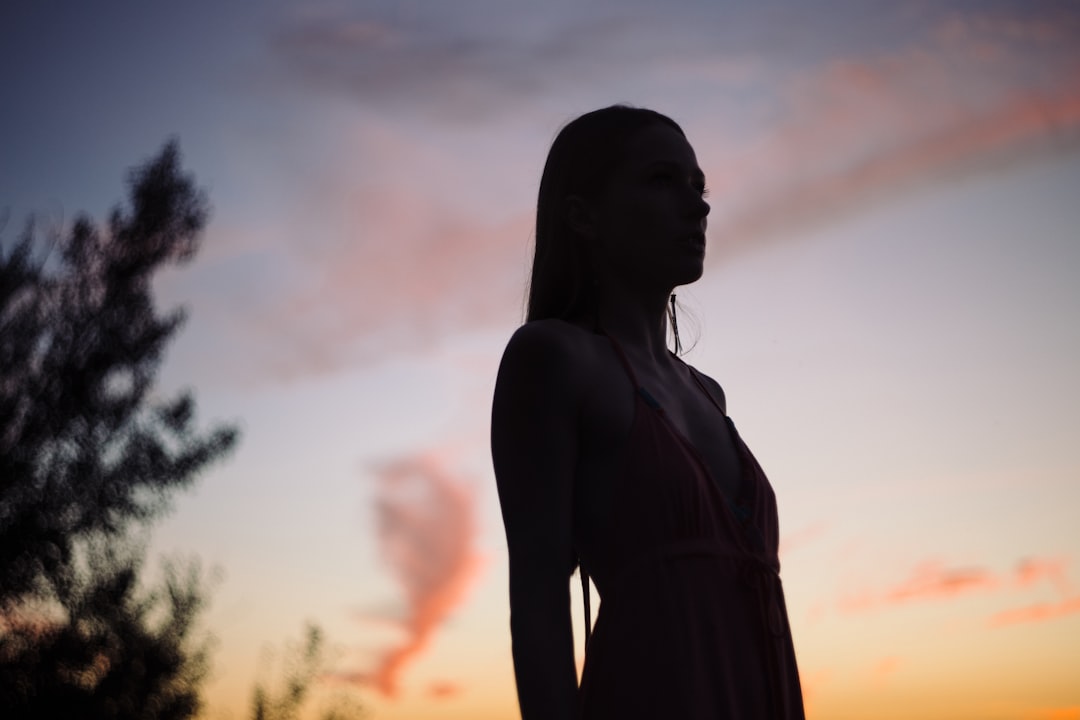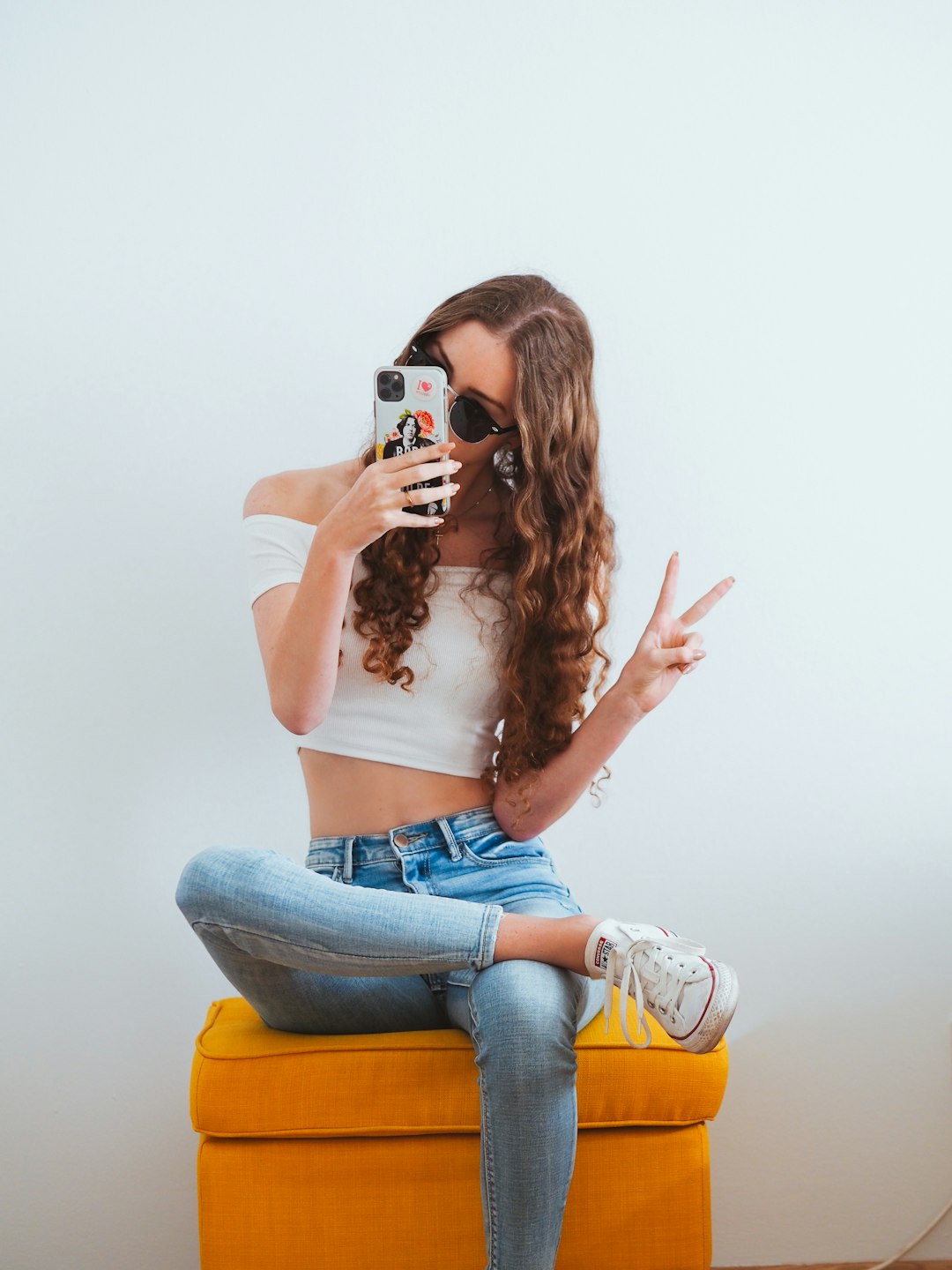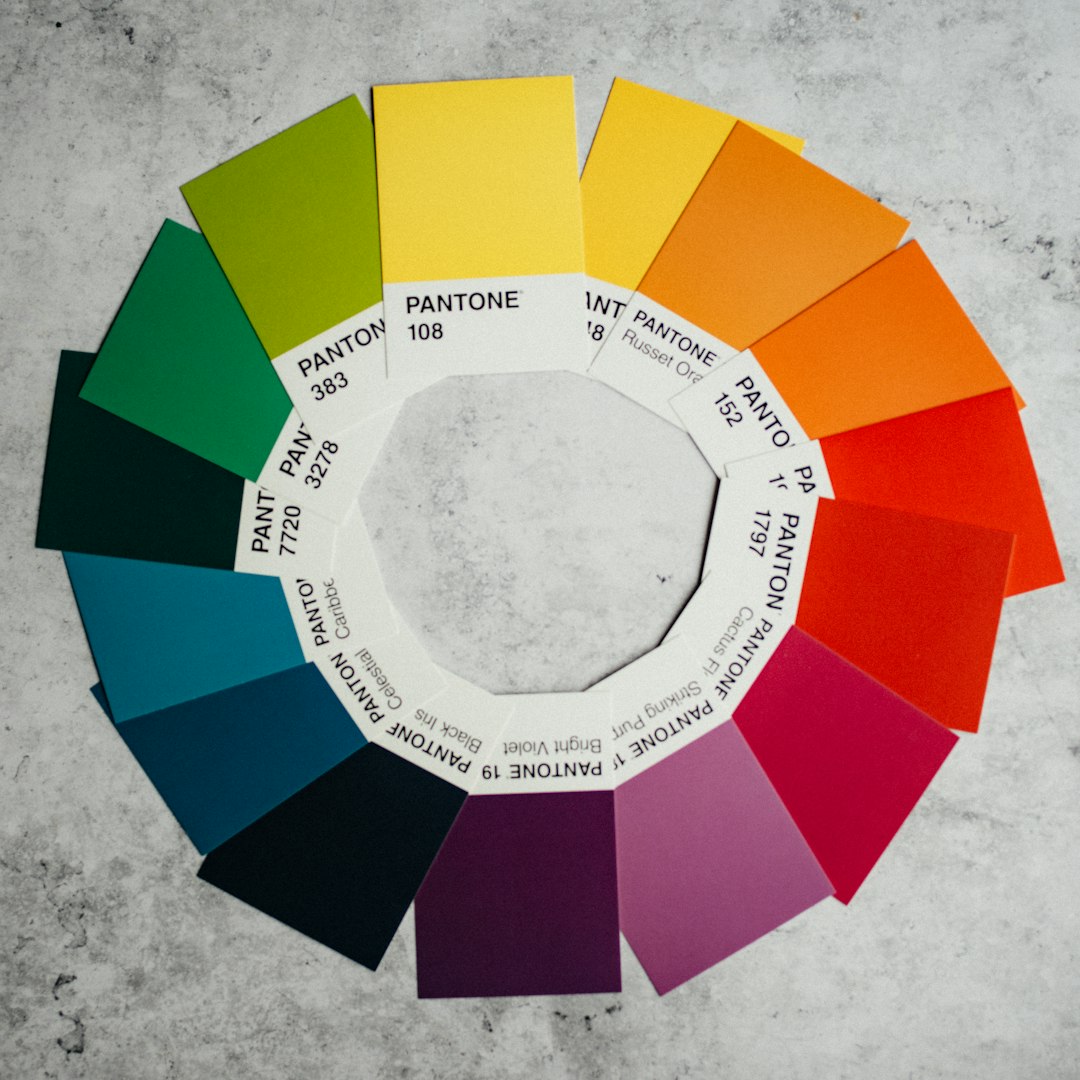
As we come to the end of October, I’ve noticed a definite color change. And I’m not talking about the trees lining the highway on my drive to work. Nope, I’m talking about grocery store displays.
At our local grocery store, October came in hot with PINK EVERYTHING as soon as I entered the door. A few weeks later, orange, and black dominated the display and this weekend, they’ve skipped right past the jewel tones of fall to cheerful red and green. The changing hues of the items gathered at the store’s entry trigger a blend of anxiety and anticipation as I turn right towards the produce section and am forced to contemplate the seasons just around the corner.
Many studies have shown that colors (or scientifically speaking, our brain interpreting photons reflected off the display’s surfaces hitting the rods and cones in the retina at the back of our eyes) are one way we process the world around us. Color theory suggests that red evokes anger or passion, and blue is associated with sadness or calm. And so on.
Leaning into our visual preferences, savvy/predatory entrepreneurs have used creative marketing strategies to trick women into thinking that color pictures of their breasts provide similar benefits in cancer screening to black/white/gray mammograms. Although these images, called “thermograms,” produce interesting images, they do not detect breast cancer and are a complete waste of money. Yet many women pay for these tests, wrongfully assuming that they are receiving at least an equivalent screening test to mammograms if not better.

Thermograms detect heat. You might be familiar with thermography from action movies where heat is paired with “night vision” shots or erroneously used to show bodies inside a building. (I say erroneously because thermography detectors cannot detect heat through brick walls. Helpful to the storyline and our hero, Jason Bourne, but science just doesn’t work like that.)
Those who peddle thermography as a tool for breast cancer screening use three basic pieces of misinformation or exaggeration to attract customers:
1- Thermography does not expose the body to radiation. In fact, thermography detects heat which is electromagnetic radiation. It’s true that this is not ionizing radiation, but it is a form of electromagnetic energy just like the lights in our homes and ultrasounds that we use to take pictures of developing fetuses. The radiation exposure in a mammogram is less than you receive in an airplane flight or through a chest x-ray.
2- Thermograms are just as good at detecting breast cancer as mammograms. In 2019, the FDA sent a cease-and-desist order to a thermography center in La Mesa, California. The center claimed that thermography was “far more efficient at detecting cancer” than mammograms. Per the FDA: “There is no valid scientific data to demonstrate that thermography devices, when used on their own or with another diagnostic test, are an effective screening tool for any medical condition including the early detection of breast cancer or other diseases and health conditions.”
3- No pressure is placed on the breast during thermography, so it is more comfortable. This is true. To receive this ineffective test, you do not have to place your breast in a machine for five seconds of discomfort. You could also just stand naked under a tree in your backyard.

Study after study shows that mammograms leading to earlier detection of breast cancer produced the biggest singular gains in breast cancer survival. More than any surgery, drug, or treatment technology.
Also, radiology training programs and breast imaging fellowships do not include instruction on thermogram interpretation because it’s not a valid imaging study. To be a “certified” thermographer requires attending a weekend course or doing some online training usually provided by the manufacturers of the thermography devices. Not great!
Celebrities and wellness influencers on social media who offer alternatives to mammograms like thermography are disturbingly loud voices that are increasingly hard to ignore. But this is not new. Snake-oil salesman have been around since the dawn of time (apricot pits anyone?) and unfortunately our social media ecosystem elevates these voices more than others.

It was not, however, hard for me to find celebrities sharing evidence based, personal, and often hilarious takes on their cancer screening experiences:
While they raise awareness, these celebrities don't always show exactly what happens during the procedure, however. Part of what makes mammograms scary, I think, is we don’t prepare people for what to expect. There are very few step-by-step guides on what it’s really like. And fear leads people to choices that sound less scary like thermograms.
If fear of what to expect is keeping you (or a friend) from scheduling your annual mammogram TODAY, Jennifer Garner shared her 2019 mammogram with her 2 million Instagram followers👇.
Inspired, I also shared my first colonoscopy experience on Instagram.
I get it. Black and white pictures of breasts are not as visually appealing as thermograms. And until I had my first mammogram a few years ago, I will admit that I underestimated the discomfort resulting from the paddles squeezing the tissue flat. (It’s good for doctors to be patients every once in a while.)
What I do know for sure, however, is that when I left, the technician had clear images that were read by a fellowship trained breast radiologist. Will that one black and white picture that shows my dense breasts prevent me from getting cancer? No. But I’ve done all I can to control that part of my life and that’s enough. I’ll find color somewhere else.
I’m curious…
On my mind…
I will not purchase Pumpkin Spice Greenies for my dogs. I’m drawing the line, Chewy.
This JCO study showed meeting minimal exercise guidelines extends and improves the lives of cancer survivors: ☠ 25% reduction in death 🦀 21% reduction in cancer death. How much more data do we need to fund cancer rehab for everyone?!?
The Lancet is out with a report on cancer culture entitled “Women, Power and Cancer.” NCI director, surgeon, breast cancer survivor and woman who grew up on a ranch in Wyoming (!!) Dr. Monica Bertagnolli commented that the report “presents a comprehensive, global view of how the unique difficulties that women face that can limit their ability to overcome the challenges that cancer presents, both for themselves and for society overall.”








Did you mean "CDC" or "The Lancet" re Women, Power and Cancer? See here:
https://www.thelancet.com/commissions/women-power-and-cancer